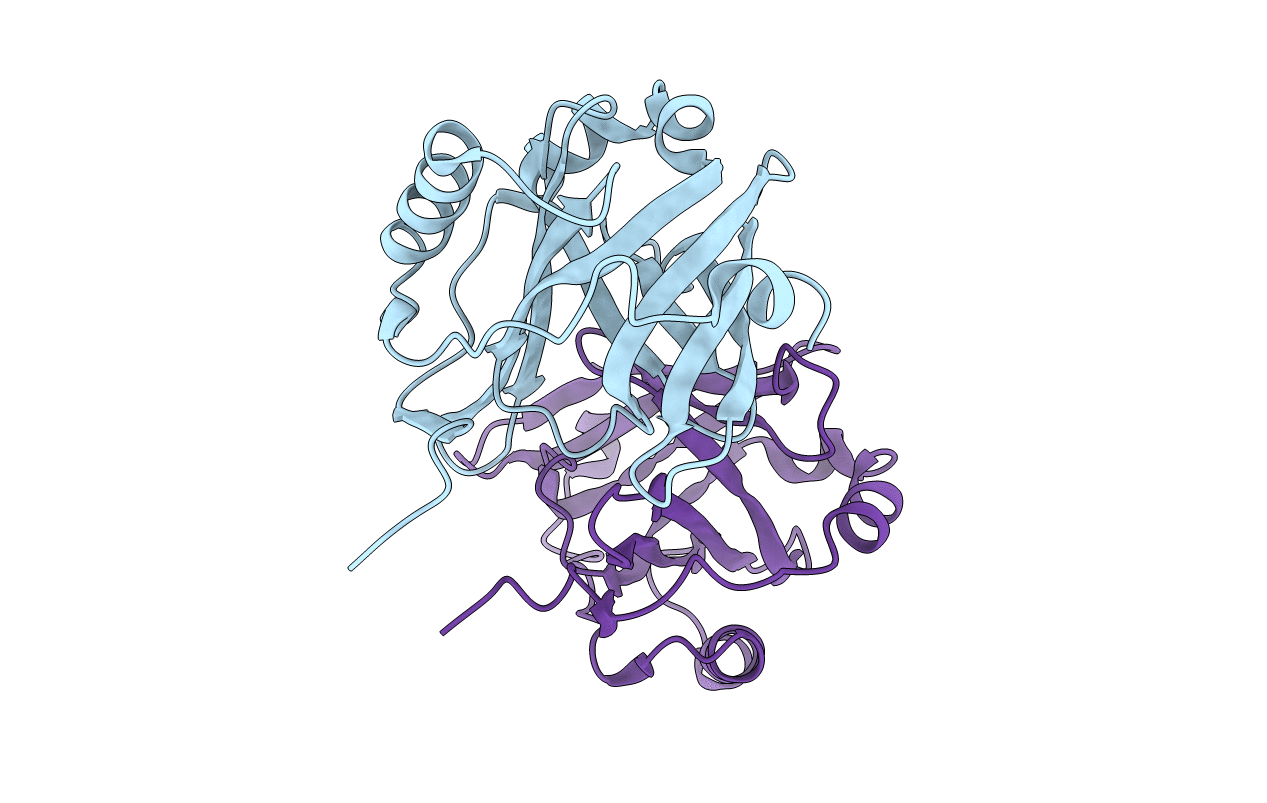
Deposition Date
2003-01-31
Release Date
2003-07-03
Last Version Date
2024-11-13
Entry Detail
PDB ID:
1OBQ
Keywords:
Title:
Apocrustacyanin C1 crystals grown in space and earth using vapour diffusion geometry
Biological Source:
Source Organism:
HOMARUS GAMMARUS (Taxon ID: 6707)
Method Details:
Experimental Method:
Resolution:
1.85 Å
R-Value Free:
0.21
R-Value Work:
0.16
R-Value Observed:
0.17
Space Group:
P 21 21 21


